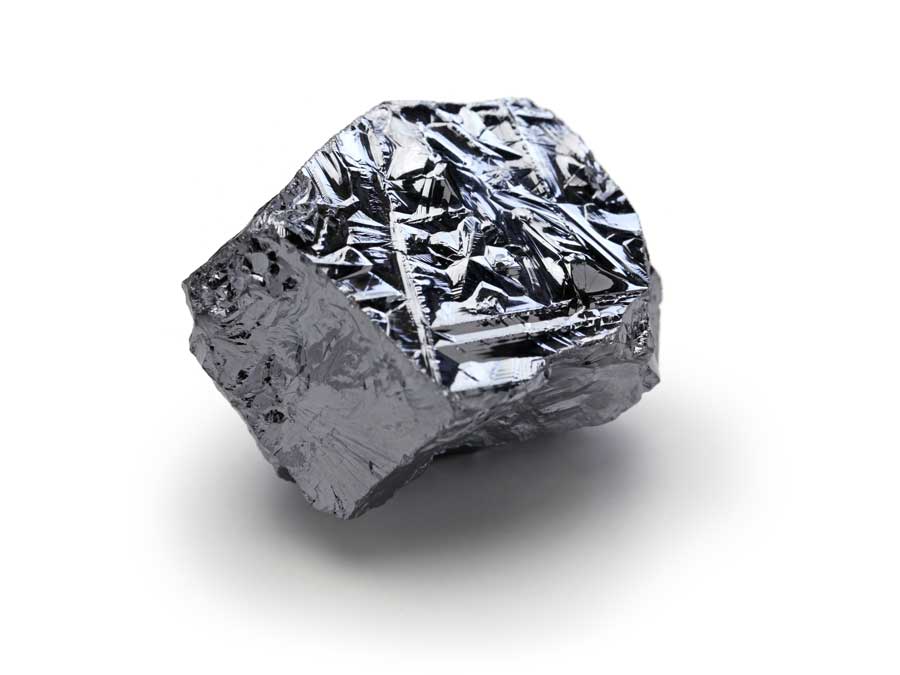Understanding the Melting Point of Silicone: What Temperature Does Silicone Melt?
Silicone is a versatile material widely used in various industries due to its exceptional properties, including flexibility, durability, and resistance to extreme temperatures. However, understanding the melting point of silicone is crucial to ensure its proper application in different contexts. In this article, we will delve into the factors that influence the melting temperature of silicone and explore its practical implications.
1. The Chemistry Behind Silicone
Silicone is a synthetic polymer composed of silicon, oxygen, carbon, and hydrogen atoms arranged in a repeating structure called siloxane backbone.
The unique arrangement of these atoms gives silicone its remarkable properties, such as thermal stability, low chemical reactivity, and excellent electrical insulation.

Silicon Metal
2. Defining the Melting Point of Silicone
The melting point of a substance is the temperature at which it transitions from a solid to a liquid state.
However, with silicone, the term "melting point" can be misleading due to its amorphous nature. Unlike crystalline materials with distinct melting points, silicone undergoes a gradual softening process when heated.
3. Factors Influencing Silicone's Melting Temperature
Several factors influence the temperature at which silicone begins to soften and lose its solid-state properties:
- Silicone Composition: The specific combination of silicone polymers and additives affects its melting characteristics. Different formulations can result in variations in the melting temperature.
- Crosslinking Density: Crosslinking is the process of chemically bonding silicone polymers together. Higher crosslinking density can elevate the material's melting temperature.
- Presence of Fillers: Silicone products often incorporate fillers to enhance specific properties. These fillers can influence the melting temperature.
- Heating Rate: The rate at which silicone is heated can impact its softening behavior. Rapid heating may result in slight differences in melting points.
4. Common Applications and Their Melting Risks
Understanding the melting behavior of silicone is vital in applications where temperature fluctuations are significant:
- Kitchenware and Bakeware: Silicone kitchen tools and bakeware are popular due to their heat resistance. However, prolonged exposure to high temperatures can cause them to soften or deform.
- Automotive Components: Silicone-based gaskets and seals are commonly used in engines, where temperature variations occur. Manufacturers must select silicone materials suitable for specific temperature ranges.
- Electronics and Electrical Industry: Silicone's excellent electrical insulation makes it a preferred material for electronic components. However, elevated temperatures can affect its performance.

Uses of Silicon in Electronics
5. High-Temperature Silicone
To address the limitations of standard silicone at high temperatures, manufacturers have developed specialized high-temperature silicone materials.
These formulations have higher melting points and can withstand extreme heat environments.
6. Safety Considerations and Handling
When using silicone products, it is crucial to adhere to safety guidelines:
- Temperature Limits: Always stay within the recommended temperature limits provided by the manufacturer to avoid potential melting or degradation.
- Cooling Periods: Allow silicone products to cool gradually after exposure to high temperatures to prevent thermal shock.
Silicone's unique properties make it an invaluable material in numerous applications. Understanding the factors influencing its melting behavior is essential for selecting the appropriate silicone for specific tasks. By considering the melting temperature of silicone, users can ensure the material's longevity and optimize its performance in various industries.